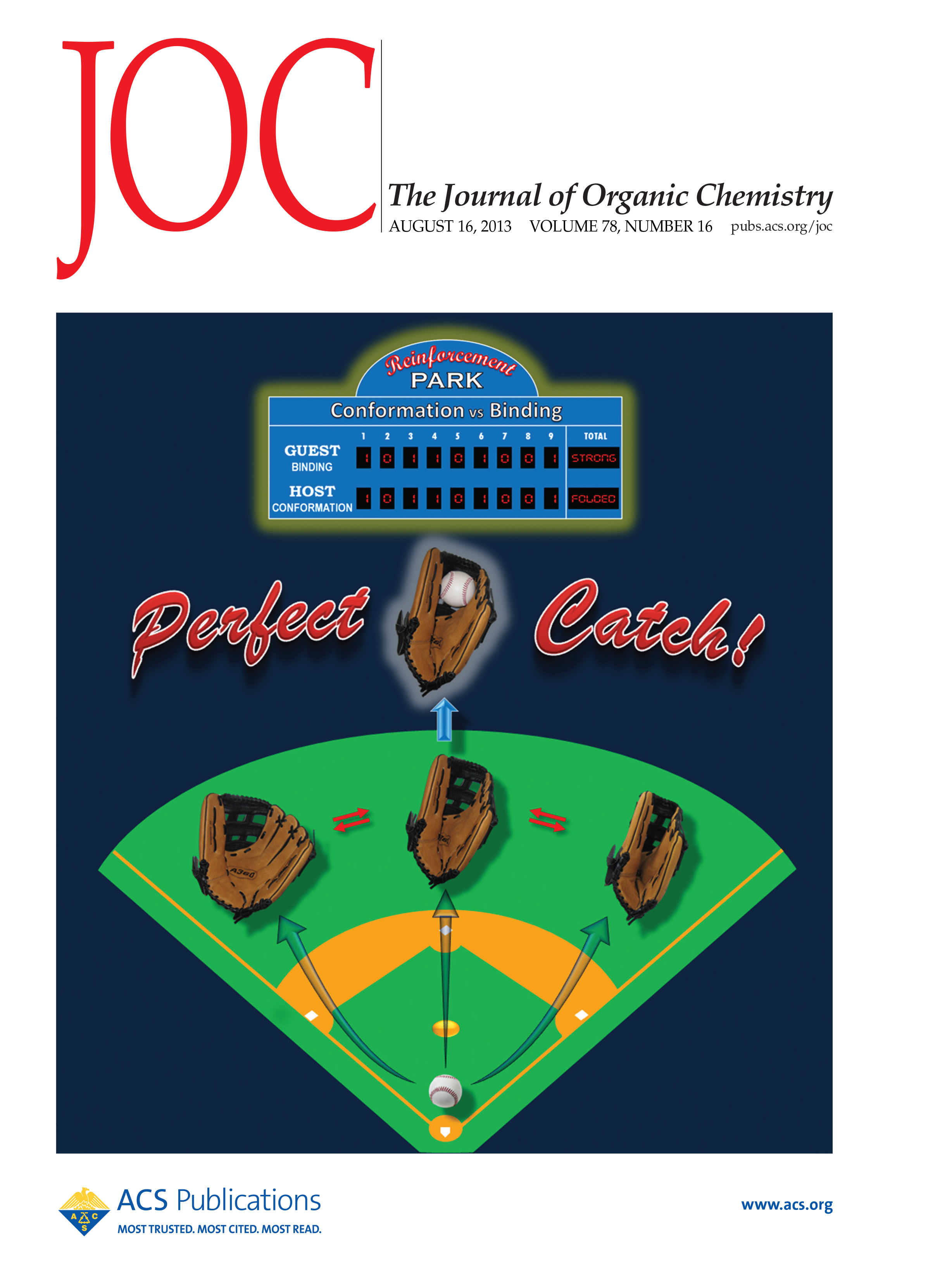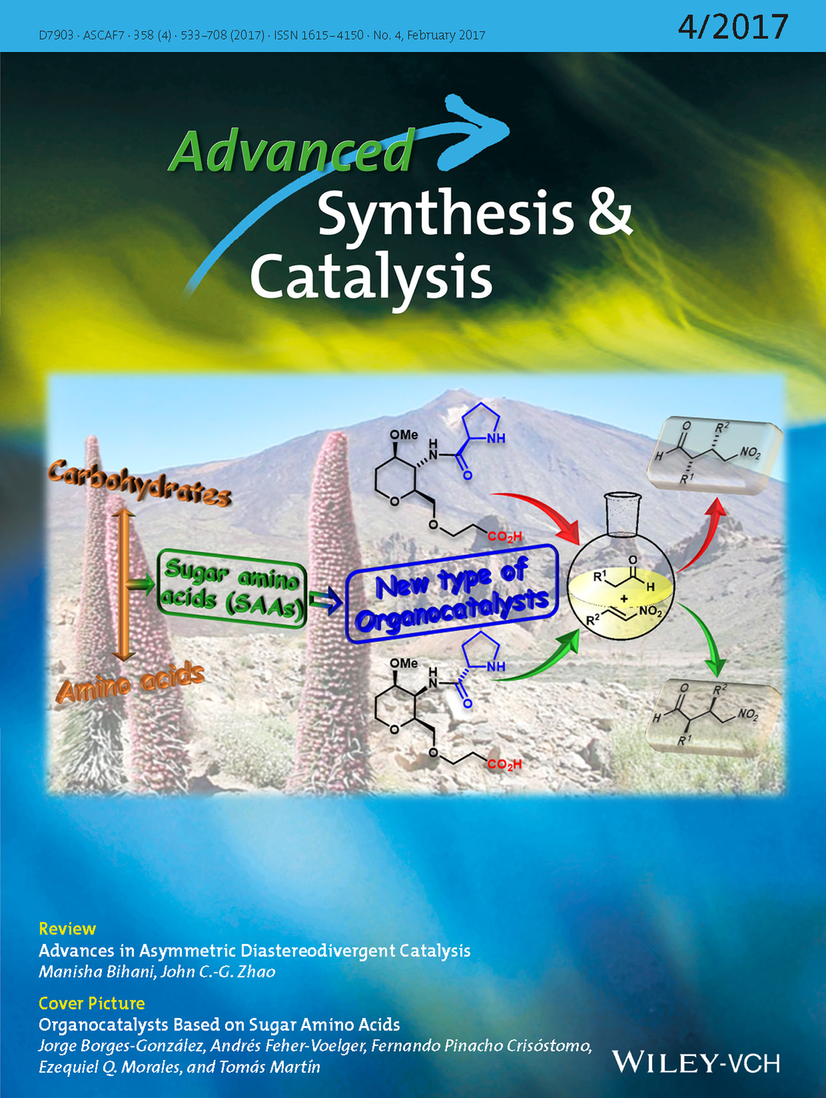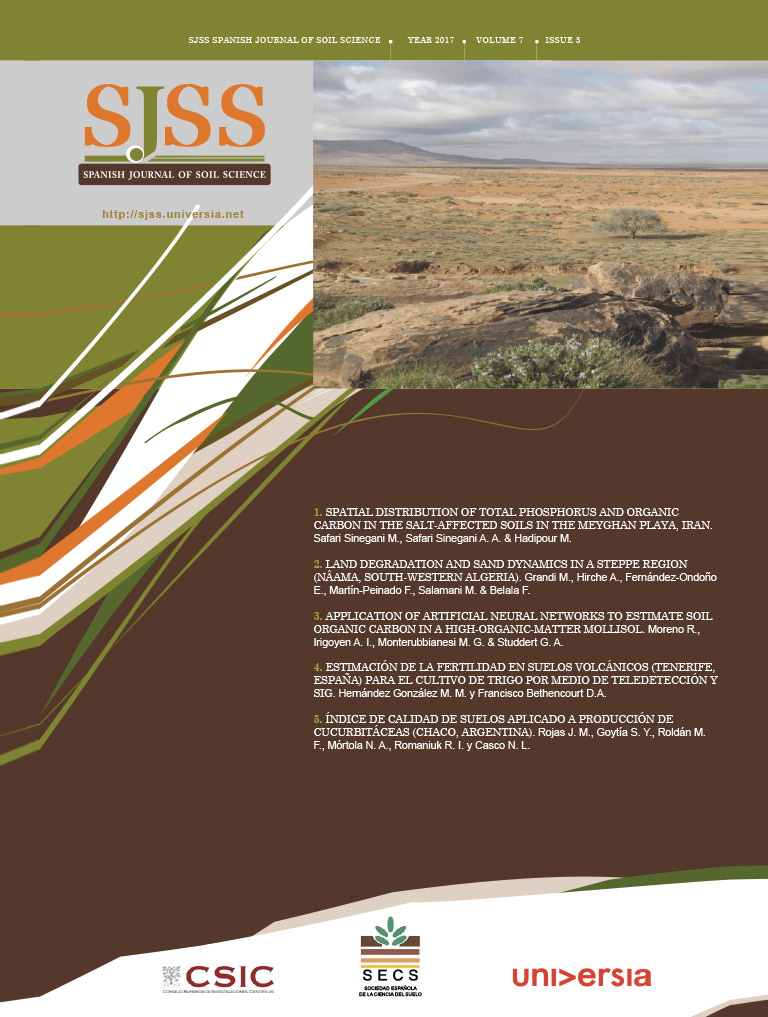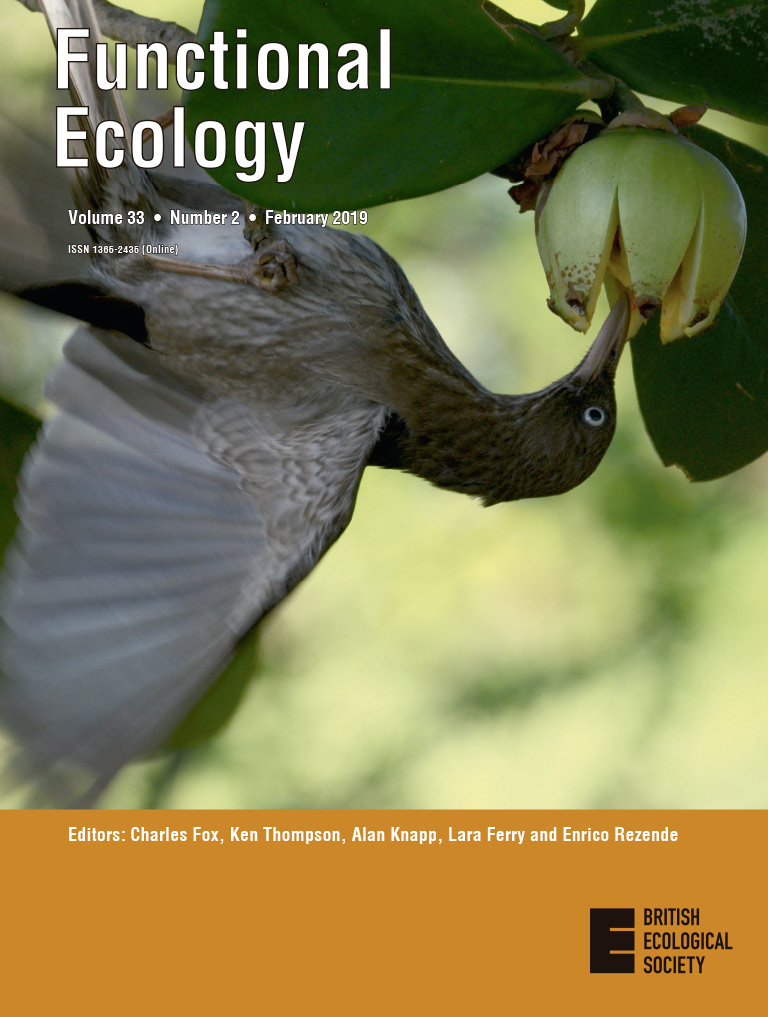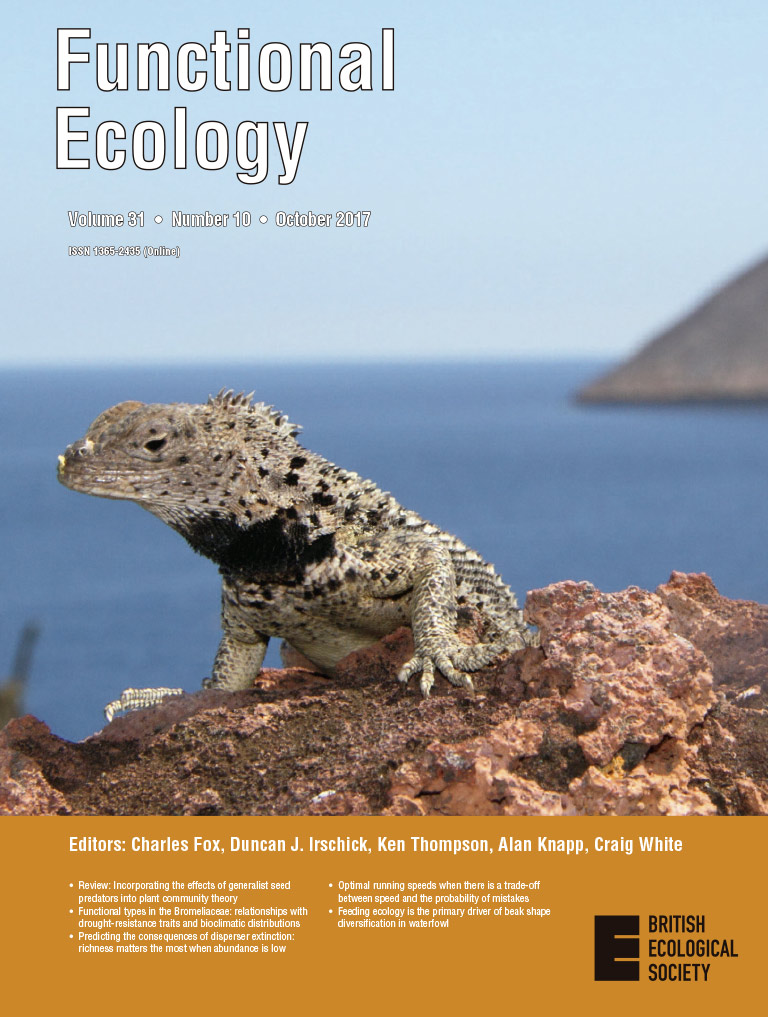Publications
This section includes a list of the latest IPNA scientific articles published in journals included in the Science Citation Index (SCI).
In DIGITAL.CSIC, institutional repository of the CSIC, you can find the complete list of scientific articles since 1962, as well as other collections of interest such as congresses, theses, books, informative material, etc. of the centre. The aim of DIGITAL.CSIC is to organize, preserve and disseminate in open access the results of our research.
In the institutional repository of the CSIC, you can find the complete list of scientific articles, as well as other collections of interest such as congresses, theses, books, informative material, etc.
Analysis of the IPNA 2014-2019 Scientific Production: bibliometric analysis from data collected in Scopus and Web of Science.

Physiological Traits Combination Shapes Common Strategies of Water and Carbon Use Regulation Across Fruit Tree Species
Crop plants, including fruit trees, are particularly vulnerable to water scarcity because past selection prioritized productivity over drought resistance, making it challenging to maintain productivity with minimal water use in the context of climate change. This study aims to determine which trait combination of 10 fruit tree species influences their water and carbon use, with the goal of understanding their adaptability to water scarcity. The results showed that water stress traits (turgor loss point, TLP; vulnerability index, VI), a carbon-related trait (specific leaf area; SLA), and a biomass allocation trait (Huber value; Hv) define the major axis of variability and present the strongest correlations with other traits. Two distinct strategies emerged: the first, mainly around Prunus species, was characterized by high Hv, low SLA, more negative TLP, and low VI, indicating greater water-stress tolerance due to sapwood redundancy and reduced organ vulnerability. They also exhibited higher maximum photosynthetic rates, indicating greater assimilation rates. The second strategy, mainly including Citrus species, exhibited opposite traits and trends. These trait combinations were likely shaped by shared ancestry and environmental factors. Understanding these correlations can guide irrigation practices and the selection of resilient species, contributing to more robust agricultural systems in a changing climate scenario.
Hernández Santana, V.; Sebastián Azcona, Jaime; Rodríguez Domínguez, Celia M.; Pérez Martín, Alfonso; Montero de Espinosa, Antonio; Benzal Moreno, Daniel; Rossi, Federica; Pérez-Romero, Luis F.; Díaz-Espejo, Antonio.
In Silico Exploration of Natural Antioxidants for Sepsis Drug Discovery
Sepsis, a life-threatening condition characterized by immune dysregulation and organ damage, remains a significant clinical challenge. Natural antioxidant compounds (NAOs) such as quercetin, EGCG, resveratrol, curcumin, and chlorogenic acid have shown promising anti-inflammatory and anti-apoptotic effects in preclinical models of sepsis and related conditions, yet the molecular mechanisms underlying their actions remain incompletely defined. In this study, we performed comprehensive molecular docking analyses to investigate the binding affinities and interaction profiles of these NAOs with three key proteins central to inflammatory and apoptotic signaling: Toll-like receptor 4 (TLR-4), interleukin-1 receptor-associated kinase 1 (IRAK1), and caspase-3. Our results demonstrate that all five compounds exhibit favorable binding affinities with these targets, forming multiple hydrogen bonds and hydrophobic interactions with critical active site residues. Notably, curcumin and EGCG consistently displayed the strongest binding affinities across the three proteins, with docking scores comparable to or surpassing those of reference inhibitors. Resveratrol demonstrated highly stable binding poses, particularly with caspase-3, while quercetin and chlorogenic acid showed moderate but reproducible affinities. Overall, this study provides new mechanistic insights into how NAOs may target central mediators of inflammation and cell death. Experimental validation is essential to confirm these interactions, assess binding affinities, and fully elucidate the therapeutic potential of NAOs in sepsis.
Curieses Andrés, Celia María; Bustamante Munguira, Elena; Andrés Juan, Celia; Lobo, Fernando; Pérez-Lebeña, Eduardo; Pérez de Lastra, José Manuel.
The Multifaceted Health Benefits of Broccoli—A Review of Glucosinolates, Phenolics and Antimicrobial Peptides
Broccoli, a highly valued Brassica vegetable, is renowned for its rich content of bioactive substances, including glucosinolates, phenolic compounds, vitamins, and essential minerals. Glucosinolates (GSLs), secondary plant metabolites, are particularly abundant in broccoli. The global consumption of broccoli has increased due to its high nutritional value. This review examines the essential bioactive compounds in broccoli and their biological properties. Numerous in vitro and in vivo studies have demonstrated that broccoli exhibits various biological activities, including antioxidant, anticancer, antimicrobial, anti-inflammatory, anti-obesity and antidiabetic effects. This review analyzes several aspects of the chemical and biological activity of GSLs and their hydrolysis products, isothiocyanates such as sulforaphane, as well as phenolic compounds. Particular emphasis is placed on sulforaphane’s chemical structure, the reactivity of its isothiocyanate fraction (-NCS), and given the different behavior of SFN enantiomers, a wide and detailed review of the chemical synthesis methods described, by microbial oxidation, or using a chiral ruthenium catalyst and more widely using chiral auxiliaries for synthesizing sulforaphane enantiomers. In addition, the methods of chiral resolution of racemates by HPLC are reviewed, explaining the different chiral fillers used for this resolution and a third section on resolution using the formation of diastereomeric complexes and subsequent separation on achiral columns. Additionally, this review highlights the presence of antimicrobial peptides in broccoli, which have shown potential applications in food preservation and as natural alternatives to synthetic antibiotics. The antimicrobial peptides (AMPs) derived from broccoli target bacterial membranes, enzymes, oxidative stress pathways and inflammatory mediators, contributing to their effectiveness against a wide range of pathogens and with potential therapeutic applications.
Curieses Andrés, Celia María; Pérez de Lastra, José Manuel; Bustamante Munguira, Elena; Andrés Juan, Celia; Pérez-Lebeña, Eduardo.
Wine is alive: the vitalist and theological roots of natural wine in 19th and 20th century Spain
This paper explores the intersection of vitalism, theology, and science in 19th and 20th century Spanish winemaking, focusing on the influential figures of Lucio Bascuñana and Eduardo Vitoria. Both men were engaged in the complex debate over the nature of wine, particularly regarding its production and the use of additives during a period marked by industrialization and scientific advancement, but also by a conflict between natural and artificial wines. Bascuñana’s radical rejection of additives and insistence on preserving the “living” essence of wine, influenced by vitalist and theological thought, is juxtaposed with Vitoria’s more pragmatic approach, which sought to balance scientific methods with traditional winemaking practices, especially in the context of sacramental wine. Drawing on Bruno Latour’s critique of the nature-culture dualism, the paper argues that both Bascuñana and Vitoria envisioned science not as a force of domination but as a partner in sustaining the natural vitality of wine. This study contributes to the historiography of enology by highlighting how debates on natural versus artificial wine in Spain anticipated contemporary concerns within the natural wine movement, emphasizing the ongoing dialog between tradition, scientific progress, and wine authenticity.
Alonso-González, Pablo.
Environmental Impact Assessment of Vineyard and Winery Using Life Cycle Analysis on Volcanic Island: Tenerife
A Life Cycle Assessment (LCA) of viticulture in the Tacoronte-Acentejo Designation of Origin was the primary goal of this research, aiming to examine and quantify the environmental impacts generated by viticulture and winemaking processes. Data for the investigation were collected through tailored questionnaires administered to viticulturists and winemakers affiliated with the Regulatory Council of the Tacoronte-Acentejo Designation of Origin. These surveys were designed to gather detailed information on the inputs used in both viticulture and winemaking processes, encompassing all stages of production. The results were classified into the following four environmental impact categories: carbon footprint, human toxicity, depletion of fossil energies, and ozone layer depletion. In viticulture, the major contributors to environmental impact included vehicle fuel consumption, pesticide application, and the use of copper sulfate. In the winery phase of production, electricity consumption and glass bottle production were the primary factors with significant environmental implications. These findings provide valuable insights for vineyard and winery managers in favor of implementing more sustainable practices, such as reducing fuel for vehicles and machinery and the use of pesticides in the vineyard phase, and reducing glass bottle usage and electricity consumption in the winery phase. Through this research, they will be able to focus their efforts on the inputs that generate the greatest environmental impacts in order to reduce them.
Barroso Castillo, Santiago M.; Martín-Pinillos Castellanos, Ignacio de; Cruz-Pérez, Noelia; Santamarta, Juan C.; Alonso-González, Pablo.
Sampling biases across interaction types affect the robustness of ecological multilayer networks
Ecological communities rely on complex networks of species interactions. While traditional studies often focus on single interaction types (e.g. plant-pollinator or host-pathogen), there is growing recognition of the need to consider multiple interaction types to accurately model community dynamics. Multilayer networks can be used to model multiple interaction types simultaneously, but building them poses challenges due to the different sampling techniques and expertise needed for documenting different interaction types. This can introduce biases that affect the completeness of data across layers (interaction types). The extent to which such biases affect multilayer network properties remain unclear. Here, we explored this issue using empirical interaction data collected through standardized field sampling in three archipelagos along a latitudinal gradient (the Balearic, Canary, and Galapagos islands). Based on these observations, we compiled three multilayer networks, each incorporating three types of plant-animal interactions: plant-pollinator, plant-herbivore, and plant-seed disperser. We then enhanced these networks by adding interactions from the literature. The observed and enhanced multilayer networks were compared to evaluate how the quantity and bias of missing information affected network properties. In the enhanced networks, the number of herbivore, pollinator and seed disperser interactions exceeded those from the observed networks by, on average, 82 %, 62 % and 96 %, respectively. The species present in the enhanced networks but missing in the observed networks exhibited distinct structural properties. These sampling biases affected both static and dynamic network properties, and the effects varied notably across archipelagos. Observed networks from the Balearic and Canary Islands were less robust to plant removal than their enhanced counterparts, while the opposite was true for the Galapagos. This study, the first to examine the effects of sampling bias on inferred robustness of ecological multilayer networks, reveals that missing data can have complex, hidden effects on modelled network dynamics. Missing data could, therefore, have important implications for predicting and mitigating species loss.
Hervías-Parejo, Sandra; Traveset, Anna; Nogales, Manuel; Heleno, Ruben; Llewelyn, John; Strona, Giovanni.
Disentangling small-island multilayer networks: Underlying ecological and evolutionary patterns
This study provides a pioneering analysis of the structural and topological characteristics of one of nature's simplest food webs, using the Montaña Clara islet (Canary Islands) as a case study. Applying a multilayer network approach, which assesses multiple interaction types, we examined plant–animal and plant-fungi interactions during two seasons (humid and dry), comparing this oceanic island food web to one from Na Redona, a small continental island in the Balearic Islands. Data were collected through field observations, flower visitation records, fecal analysis, and DNA metabarcoding of root-associated fungi. The study identified 63 animal species and 367 fungal amplicon sequence variants interacting with 13 plant species, five of which (38%) were structurally significant, as indicated by high multilayer versatility values (>0.5). The network structure was modular, with 23 modules primarily representing single ecological functions, and most species were involved in only one interaction type. Notably, 73% of species shifted roles between interaction layers. Results reveal that Montaña Clara's food web is simpler but more modular and versatile than that of the continental island, aligning with island biogeography theory. The study suggests that the unique biodiversity composition of oceanic islands, particularly islets, influences their ecological network structures.
Nogales, Manuel; Traveset, Anna; López, Heriberto; Heleno, Rubén; Rodríguez-Echeverría, Susana; García, Rafael; Hervías-Parejo, Sandra.
Exploring diversity in avian immune defence: Insights from cathelicidin clusters
Cathelicidins are a family of proteins from which a class of Host Defence Peptides (HDPs) is derived. They are components of the innate immune system of most vertebrates, including birds. Despite their promising activities, the genomic organisation and interspecies diversity of avian cathelicidins has been less studied than in other animal groups. In this research, we investigated the cathelicidin cluster in 72 avian species from 26 different orders by mining the avian genome assemblies available in NCBI database, using bioinformatics tools to analyse the cluster composition, gene structure and phylogenetic relationships. Cathelicidin clusters were found principally on chromosomes 1 and 2, usually located at the ends of the chromosomes, except in Falconiformes and Psittaciformes. The Galloanserae cluster diverged from the rest of avian groups by having cath1 in the Galliformes and a putative pseudogene of cathB1 in Anseriformes. In contrast, the remaining avian species displayed a predominantly cathelicidin cluster comprising cathB1, cath3, and cath2. However, Passeriformes lacked cath3 while Falconiformes exhibited the pseudogenisation of cath3. In addition, we found kelch like family member 18 and transforming growth factor beta 4 (zinc finger protein 777 in Passeriformes) as flanking genes. We identified 190 putative cathelicidins genes, of which 103 were undescribed, that displayed a high percentage of identity across cathelicidin type. Phylogenetic analysis revealed that cathelicidin genes are highly conserved supporting the hypothesis that cathelicidins play a crucial role in avian immunity. This work highlights the use of bioinformatic tools to improve our understanding of avian cathelicidins and the evolution of this important family protein.
González-Acosta, Sergio; Baca-González, Victoria; Asensio-Calavia, Patricia; Otazo-Pérez, Andrea; López, Manuel R.; Morales-delaNuez, Antonio; Pérez de Lastra, José Manuel.
Fictio Juris and the legal construction of wine: Natural vs. artificial in Spanish law (1860–1932)
This paper explores the development of Spanish wine legislation between 1860 and 1932, focusing on the concept of fictio juris, a legal fiction that defines wine as a product derived solely from grape fermentation while permitting additives that alter its composition. The period covers Spain’s transformation from legitimizing artificial wines to their prohibition, then moving towards more nuanced debates about permissible additives. By analyzing legal texts and debates from the period, the paper reveals how laws surrounding wine production reflected broader tensions between industrialization, tradition, and public health. The fictio juris created a paradox in which industrial winemaking practices coexisted with the legal definition of wine as ‘natural,’ embodying the malleability of legal categories in shaping cultural and economic imperatives. This legal fiction continues to influence contemporary wine laws and debates around authenticity in the natural wine movement. The paper contributes to a deeper understanding of how legal frameworks in food production mediate between cultural values, economic interests, and the quest for authenticity.
Alonso-González, Pablo.
Advancing archaeological sedimentary lipid biomarker analysis: A review of recent developments and methodological guidelines
This review targets archaeological scientists and geoarchaeologists, examining the current state of lipid biomarker analysis in archaeological sediments—a growing field. Lipid compounds and their stable isotope ratios serve as valuable proxies for reconstructing past climates, vegetation, freshwater availability, human-environment interactions, diet, technology, and subsistence practices. The paper reviews experimental, archaeological, and ethnoarchaeological studies that apply lipid biomarkers to archaeological sedimentary deposits, contributing to paleoenvironmental research and insights into past human behavior. Key topics include fecal biomarkers, revealing diet and subsistence, and pyrogenic biomarkers, shedding light on fire technology and cooking traditions. Methodological guidelines are provided, covering sample collection, lipid extraction, pretreatment, and compound detection. Challenges include standardizing protocols, integrating new biomarkers, microcontextual approaches, and adopting advanced analytical techniques. Advancing lipid biomarker analysis promises to enhance interdisciplinary research and deepen our understanding of archaeological contexts and human-environment dynamics.
Mallol, Carolina; Égüez, Natalia; Jambrina-Enríquez, Margarita; Herrera-Herrera, Antonio V.









